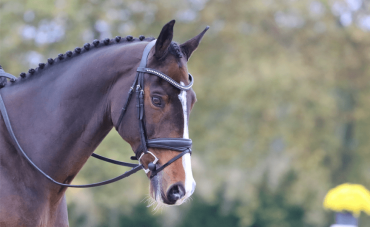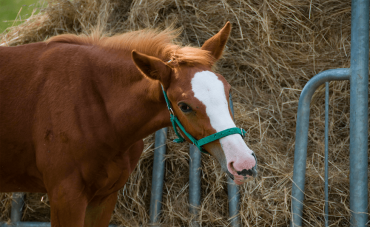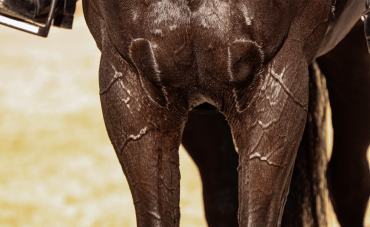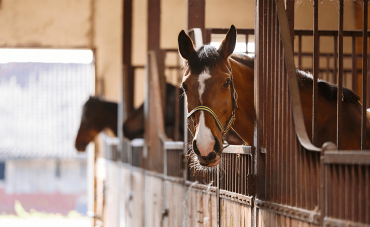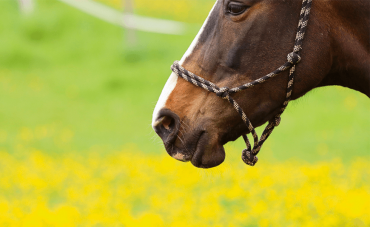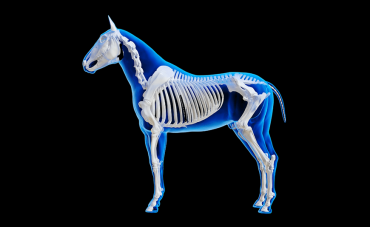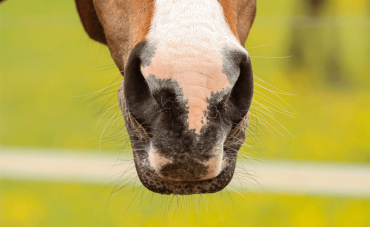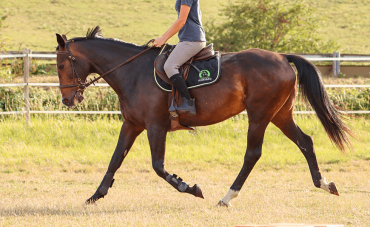The expression "My horse is navicular" is one frequently heard within equestrian circles. This ailment, which typically leads to chronic lameness, instills fear in many riders. We aim to delve deeper into this condition.
What is Navicular Syndrome?
While it is commonly referred to as navicular syndrome or disease, the precise term for this ailment is podotrochlear syndrome. It is now understood that this condition has multiple, albeit not always well-known, origins. What is certain is that the pain associated with this syndrome emanates from lesions within one or several components of the podo-trochlear apparatus, specifically:
1) The navicular bone (or distal sesamoid bone), situated between the 2nd and 3rd phalanges. When affected, it can manifest as a fracture, osteolysis (the disintegration of functional bone), osteophyte formation (the development of non-functional bone), or sclerosis (thickening of the bone).
2) The podo-trochlear bursa, a fluid-filled "pocket" located between the navicular bone and the deep flexor tendon of the finger. When inflamed, it is typically diagnosed as bursitis.
3) The deep flexor tendon of the finger, which glides over the navicular bone with the assistance of the podo-trochlear bursa to minimize friction.
4) The ligaments that connect the bones together, linking the navicular and phalanges. When these ligaments are afflicted, it usually results in inflammation.
What are the Symptoms of Navicular Syndrome?
Navicular syndrome primarily affects the front legs of horses, often occurring in either one or both of them. Affected horses display characteristic postures and behavior.
At rest, afflicted horses often extend the affected foreleg forward to alleviate pain. Over time, structural alterations in the affected hooves, such as narrowing and increased upright orientation, may become apparent, a condition known as atrophy.
During exercise, horses affected by this syndrome exhibit varying degrees of lameness. Their gaits tend to be stilted and abbreviated. The lameness is typically exacerbated when the horse is made to move in a circular path. If the navicular bone is involved, the lameness is more pronounced on firm terrain, whereas if it's the ligaments affected, lameness is more prominent on softer ground.
How is Navicular Syndrome Diagnosed?
To confirm the presence of navicular syndrome, a veterinary examination is essential. Veterinarians typically employ two types of examinations:
- Static (at rest): This examination involves assessing the horse's posture, hoof condition, and conducting the plank test. The plank test entails placing one of the horse's hooves on a board while lifting the other limb, thereby placing tension on the hoof and the entire podo-trochlear apparatus. The veterinarian observes the horse's reactions to pain, such as neck agitation or attempts to step off the board. This examination can be challenging with younger or nervous horses, so it is often complemented by a dynamic assessment.
- Dynamic (in motion): During this assessment, the veterinarian observes the horse's movements and assesses whether the gaits are constrained. Additionally, the veterinarian may use variations in terrain, such as soft and firm ground, to pinpoint the affected area.
Following these examinations, X-rays of the navicular bone and ultrasound scans of soft tissue may be recommended. In some cases, an MRI (Magnetic Resonance Imaging) may be required for a comprehensive evaluation.
What is the Treatment for Navicular Syndrome?
Similar to osteoarthritis, navicular syndrome is a degenerative condition that deteriorates with time. Therefore, it is not possible to cure navicular syndrome. Nonetheless, treatment options are available and can be tailored to address the horse's pain, the structures affected, and the level of activity required.
- Medical treatment:
Based on the horse's condition, veterinarians may suggest various medical treatments. General treatments may include non-steroidal anti-inflammatory drugs to alleviate pain and bisphosphonates to prevent bone deterioration and limit bone remodeling. Local treatments, such as corticosteroid injections, target pain relief but do not directly affect the bone. - Environmental treatment:
In cases of severe lameness, the horse may require rest to reduce soft tissue inflammation and bone remodeling. Regular monitoring by a farrier or groom is crucial to minimize stress on the podiatric system. - Food supplements:
In addition to drug treatments, food supplements can complement the treatment of navicular syndrome. Their effectiveness varies based on their composition. Some supplements can enhance stride flexibility and reduce stiffness, such as those containing harpagophytum. Maintaining healthy hooves is essential, so supplementing with biotin to support good horn growth is advisable.
Daily Management of a Horse with Navicular Syndrome:
For horses affected by navicular syndrome, it is crucial to make necessary adjustments:
- Aim to keep the horse's workload light to minimize joint and hoof stress.
- Work the horse on terrain that is neither excessively firm nor too soft. Warm-up routines are essential to prepare the hooves before work.
- Minimize tight turns and favor straight-line movements.
- Avoid using studs, as they can inhibit foot movement.
- Ensure regular hoof maintenance by a farrier or groom. Neglected or overgrown hooves can exacerbate the horse's pain.
- Monitor the horse's diet, adjusting it to suit their specific needs based on factors like age, breed, and workload.
Navicular syndrome is a complex condition that significantly impacts a horse's daily life. To ensure their well-being, ongoing veterinary care and the support of a skilled groom or handler are essential. If your horse exhibits symptoms consistent with navicular syndrome, prompt consultation with a veterinarian can lead to a timely diagnosis and relief for your horse. If you have any inquiries about navicular syndrome, please feel free to reach out to us through our social media channels.

